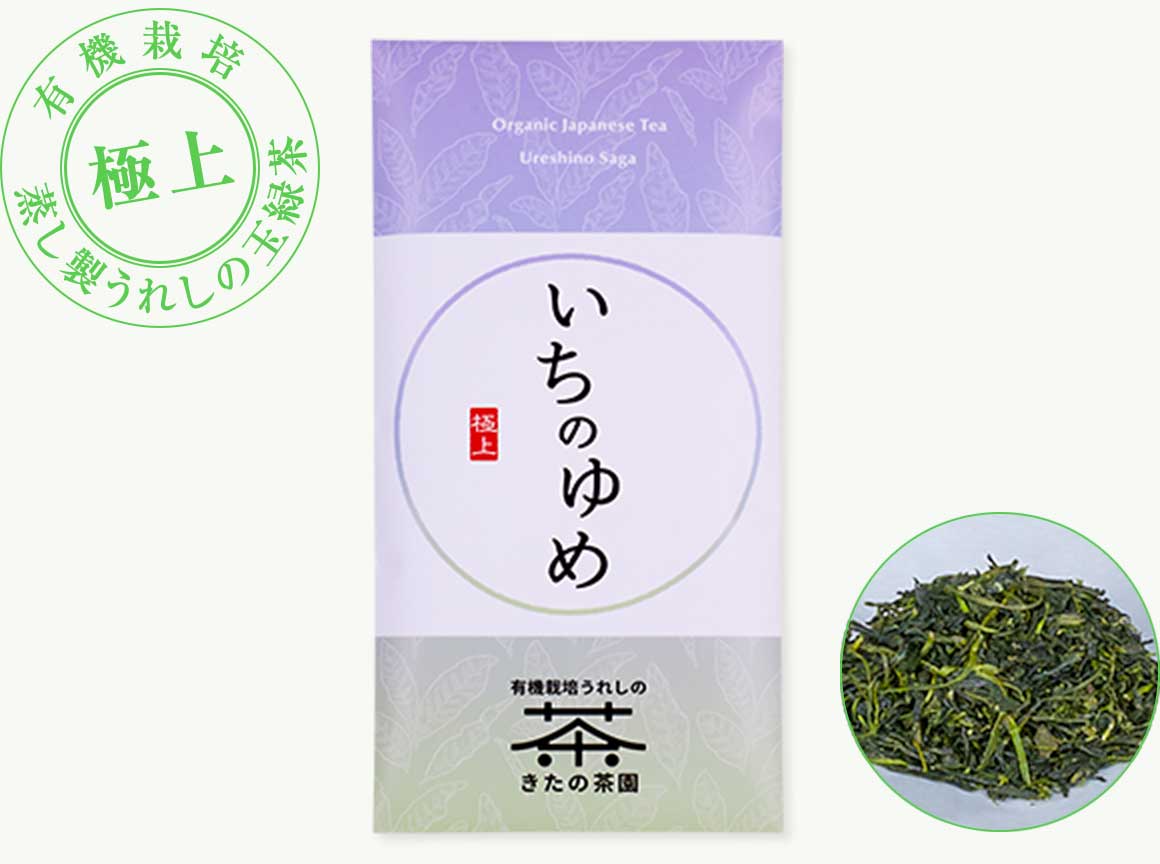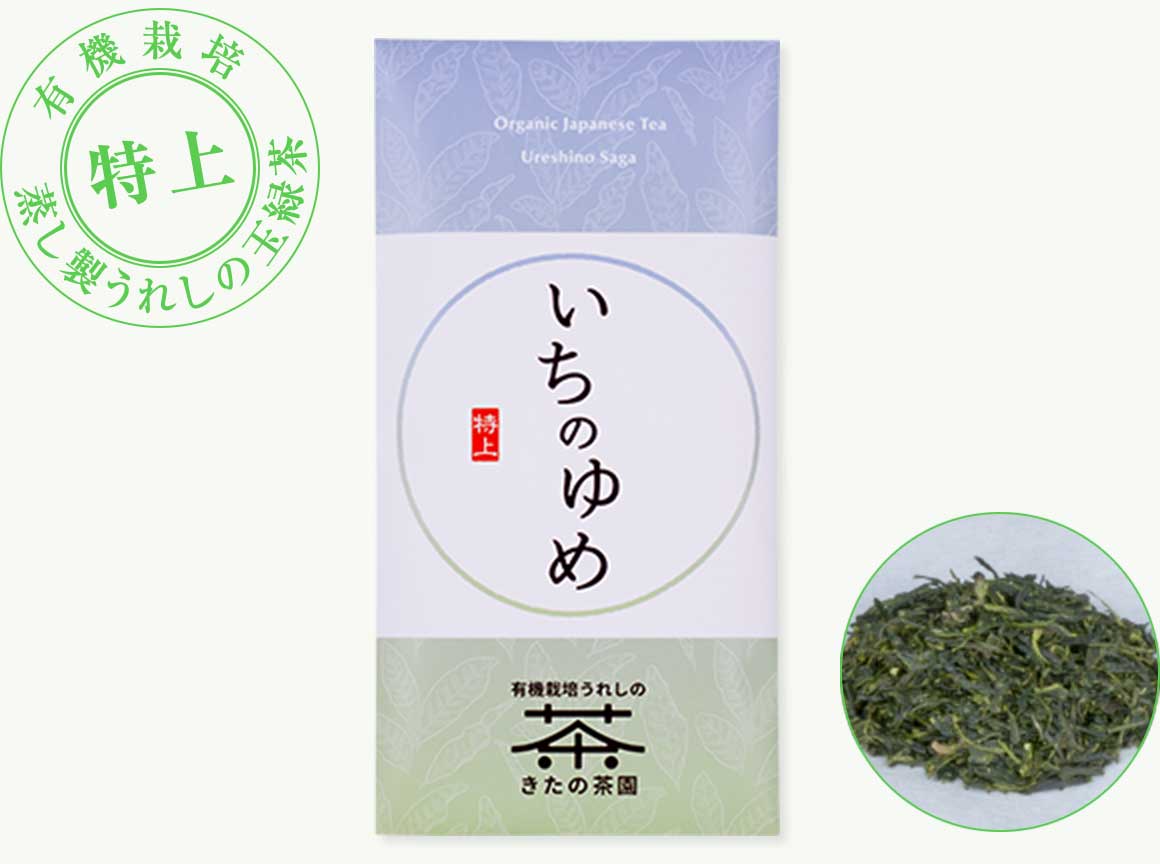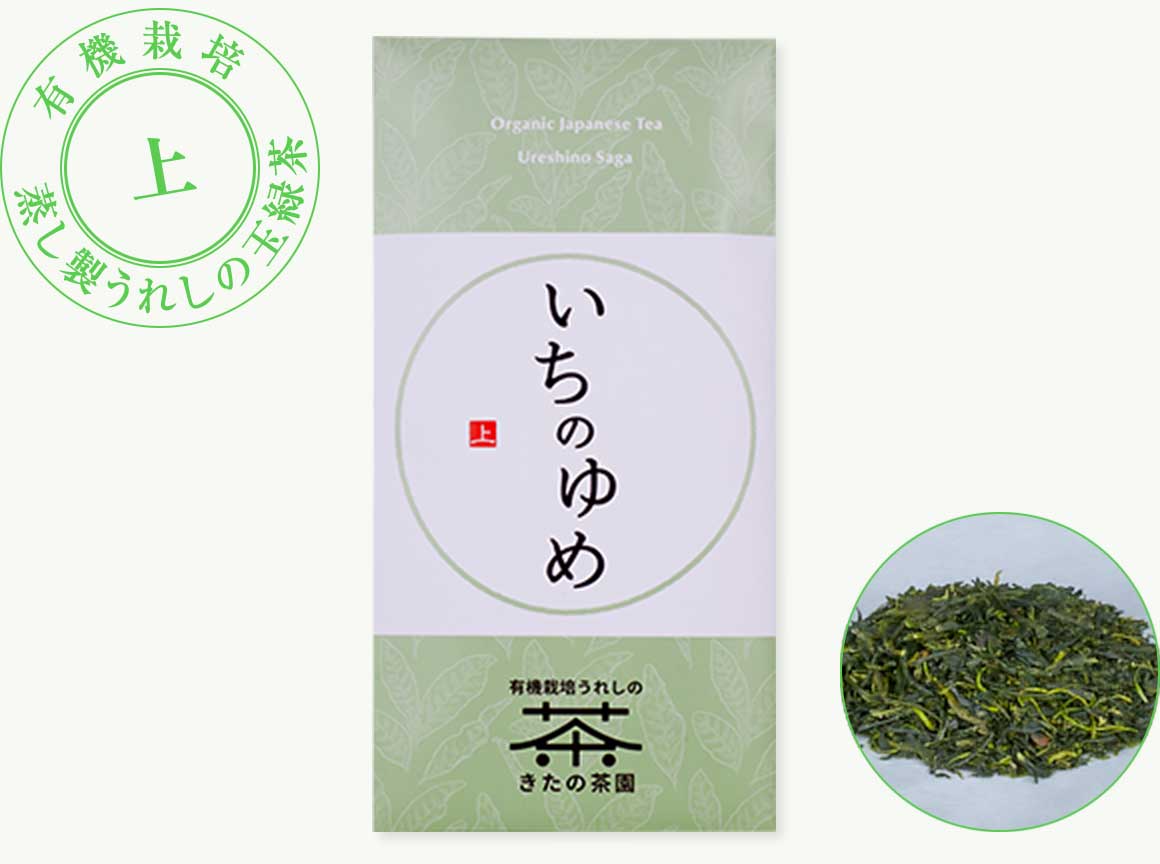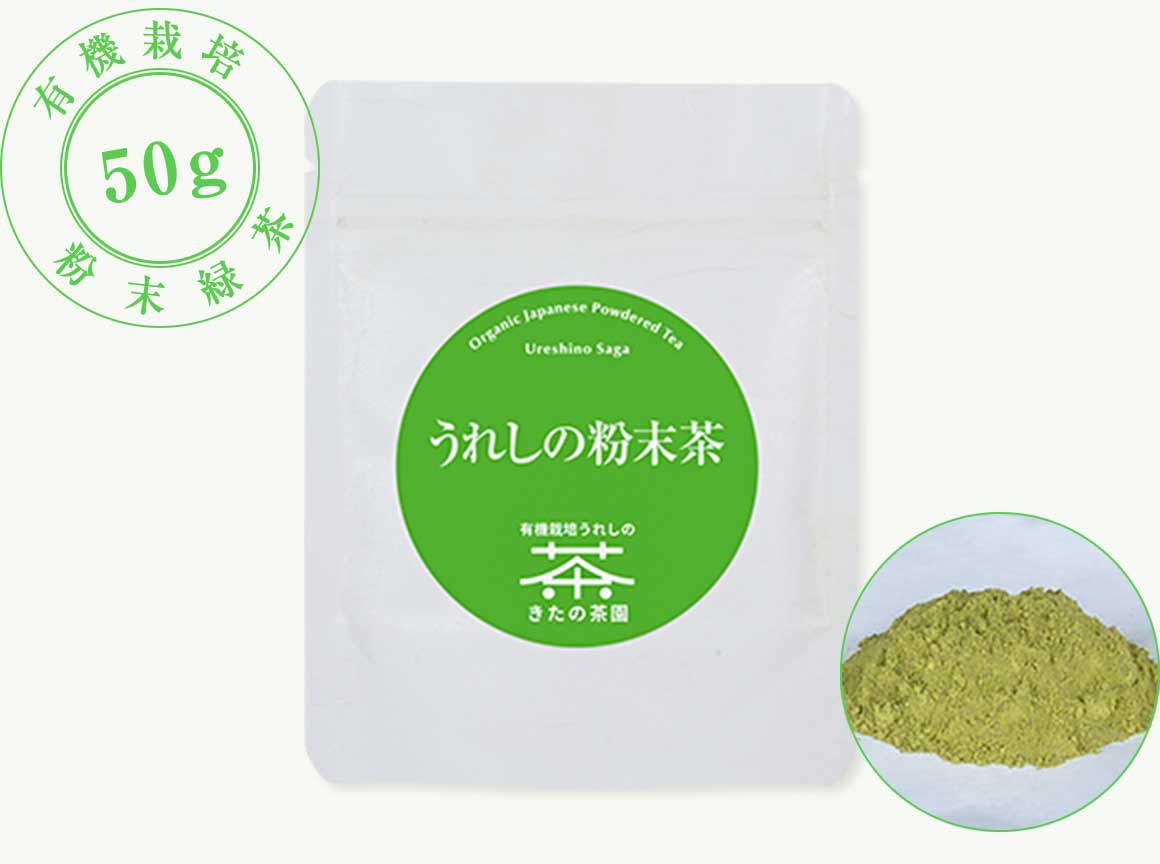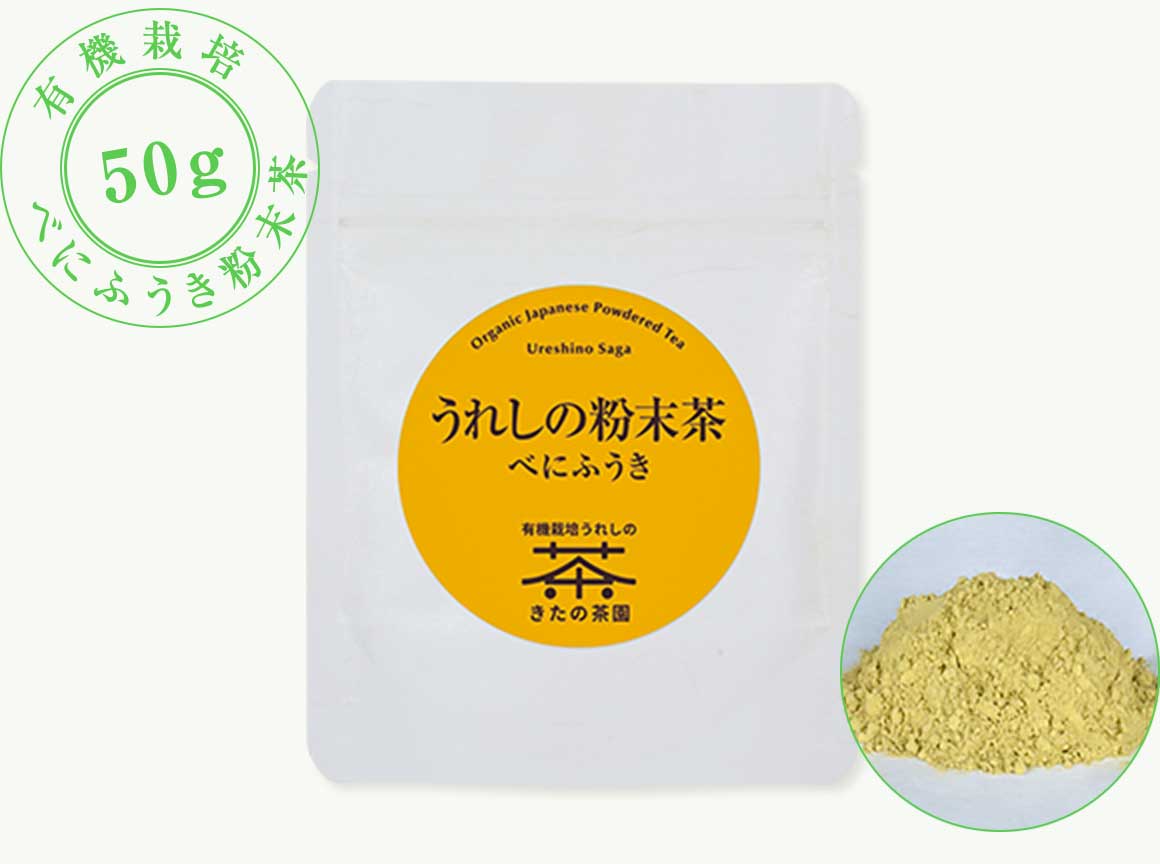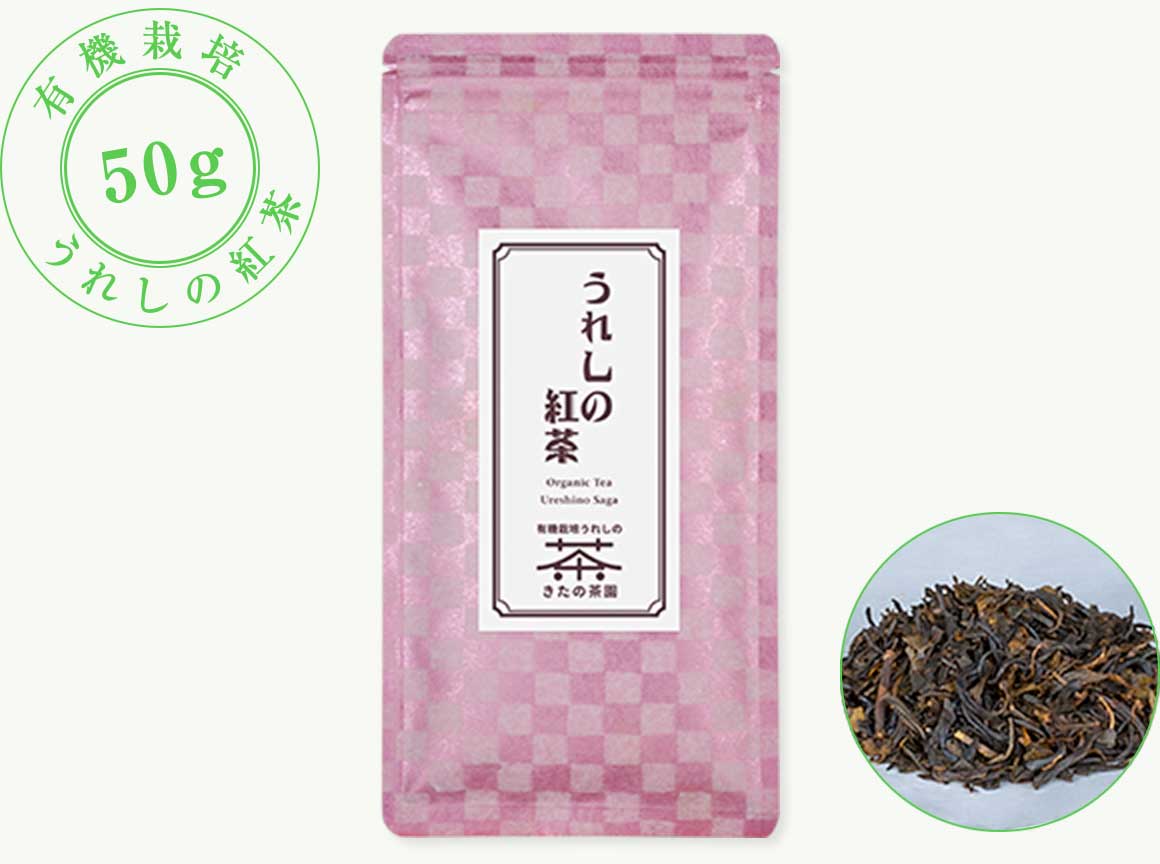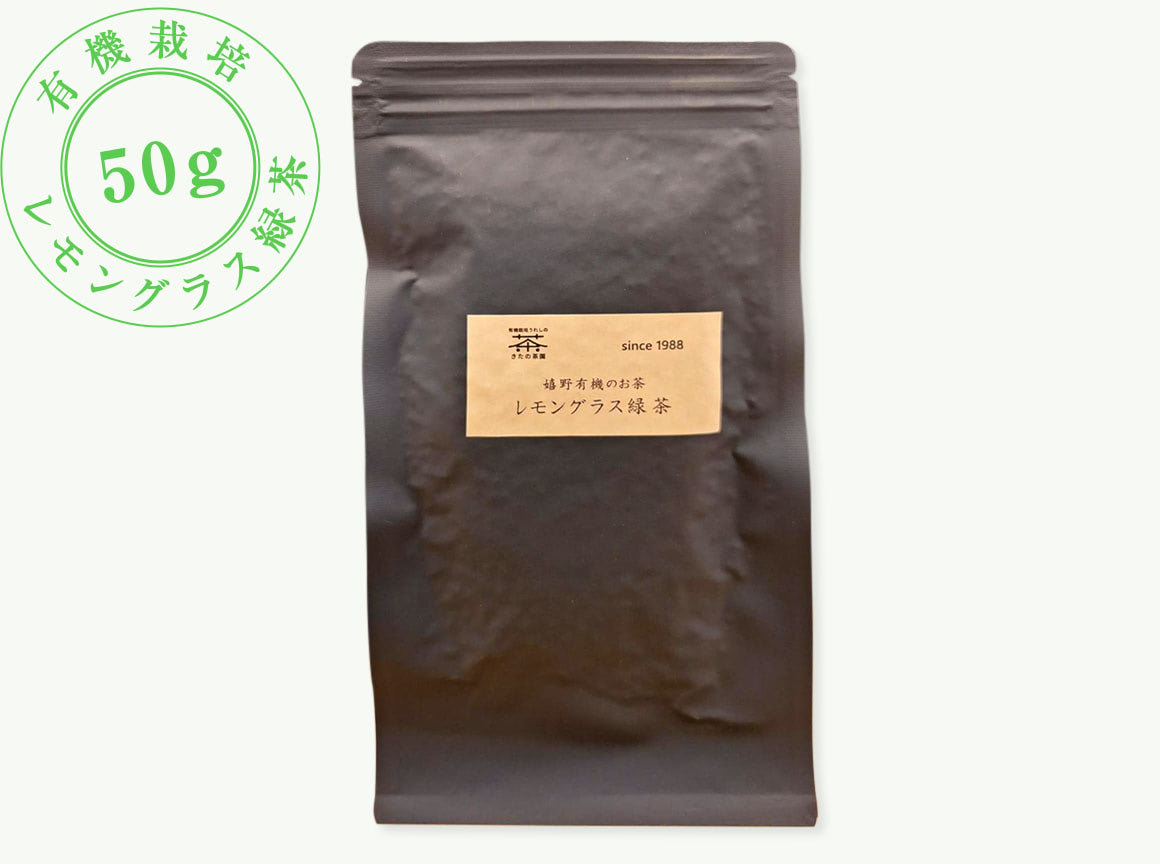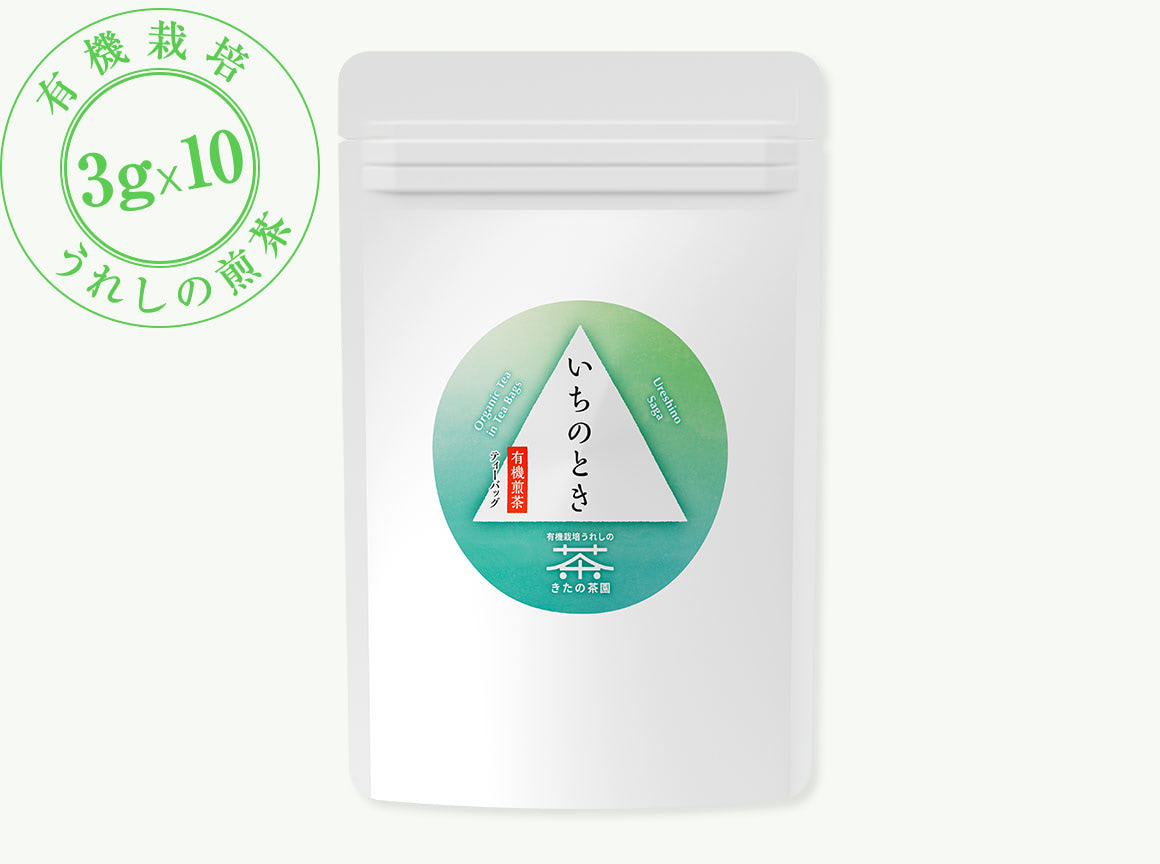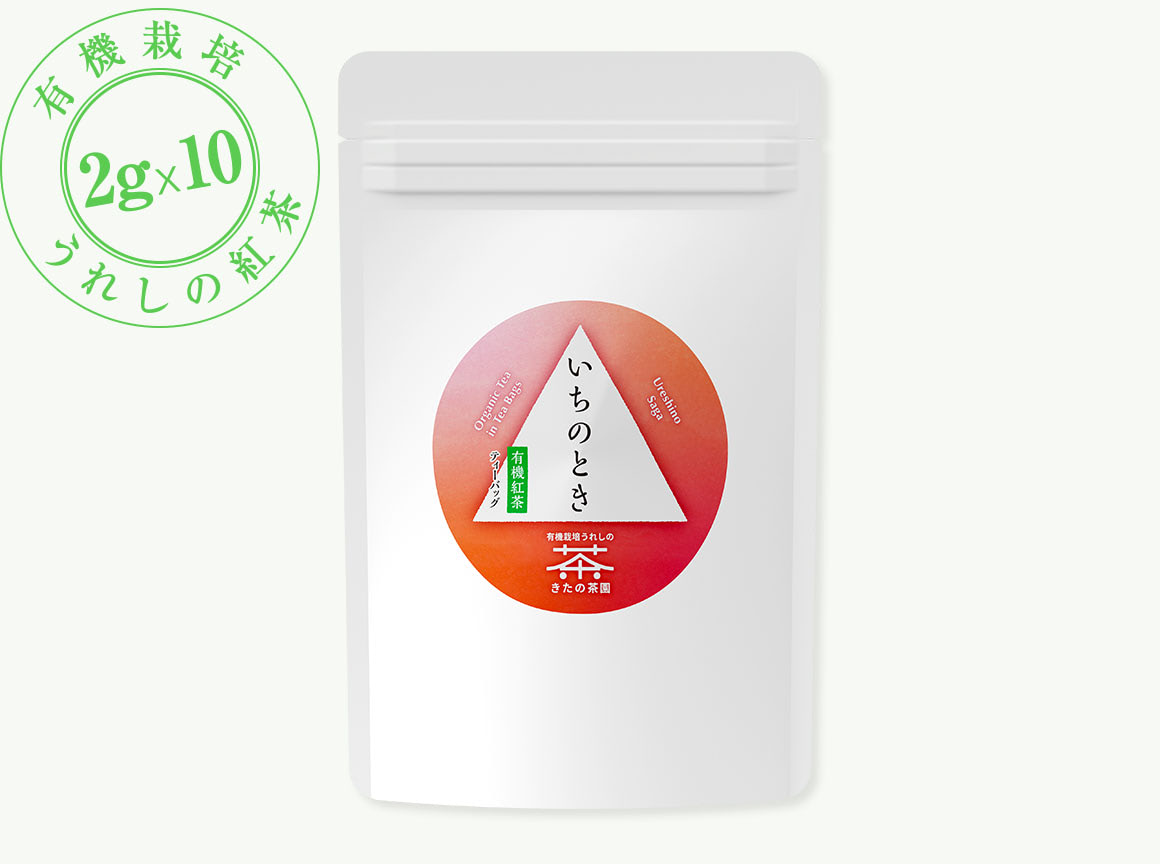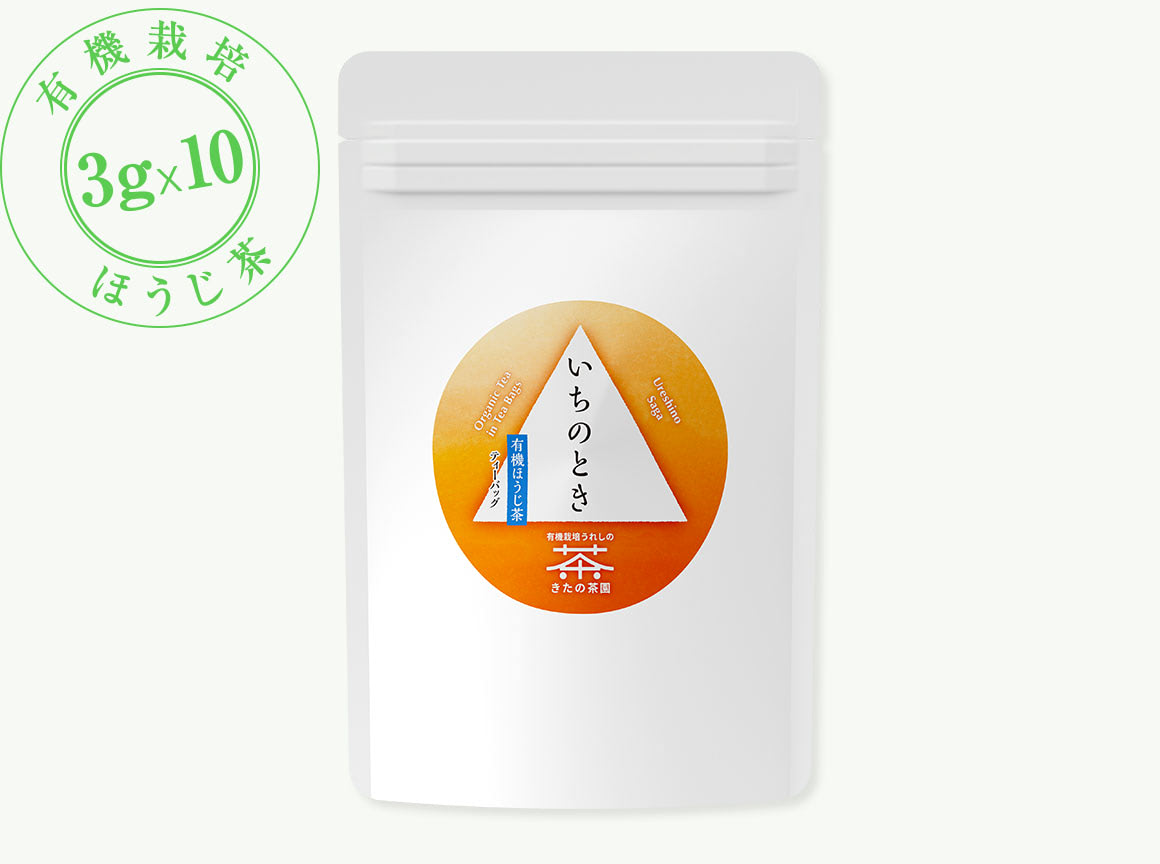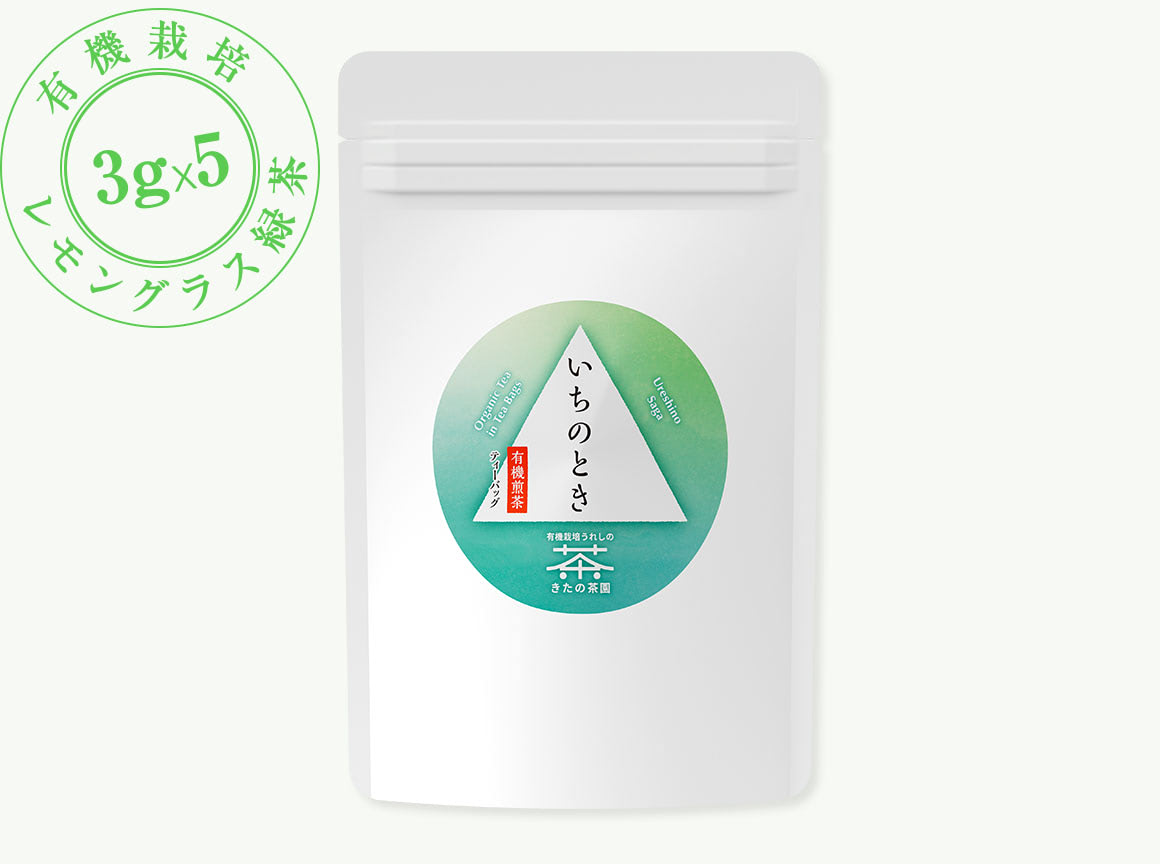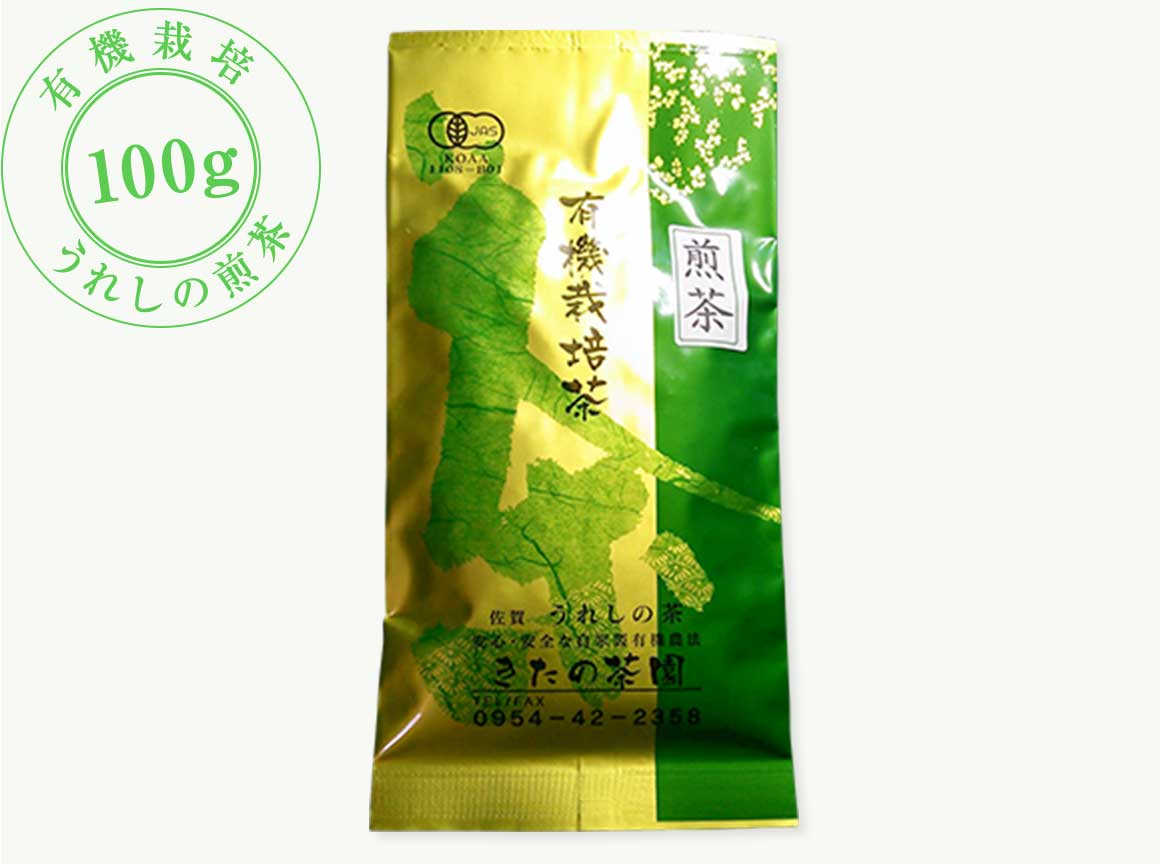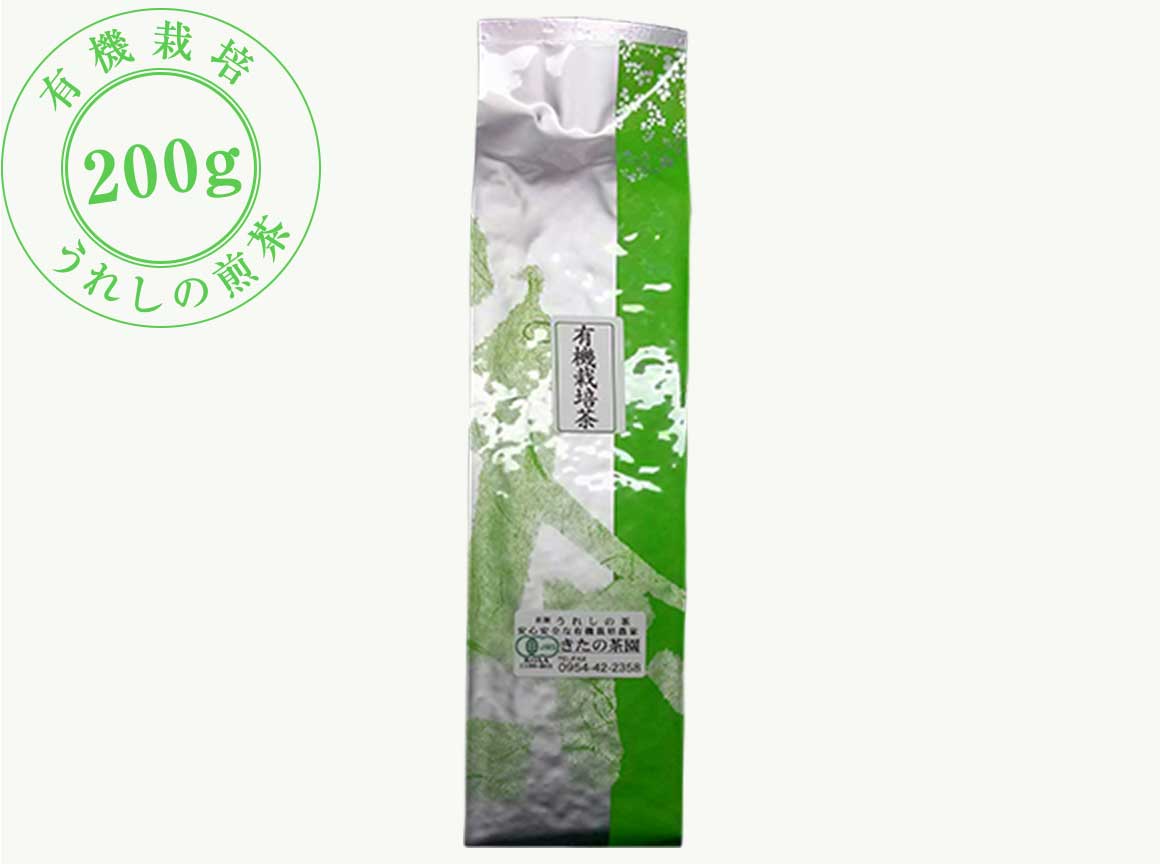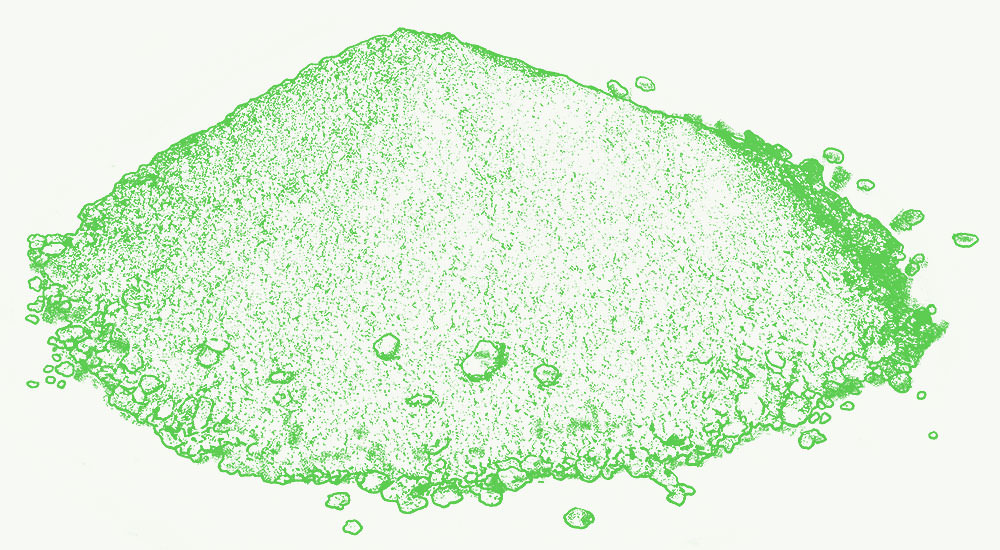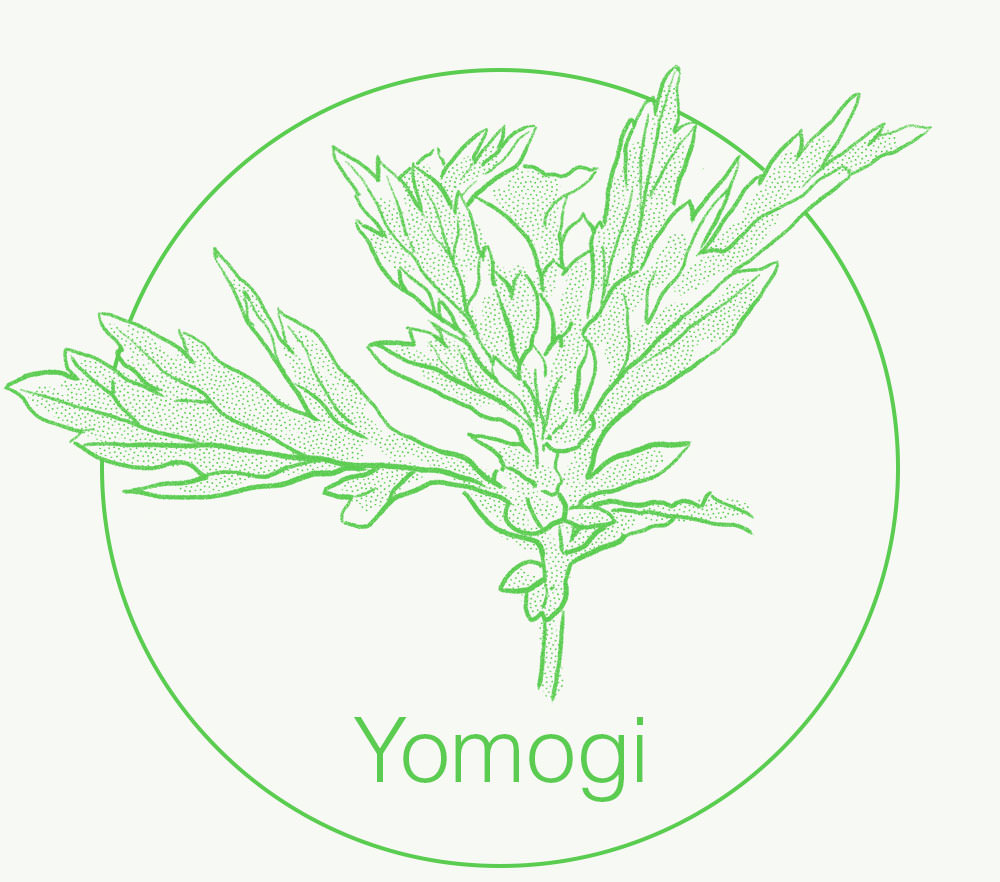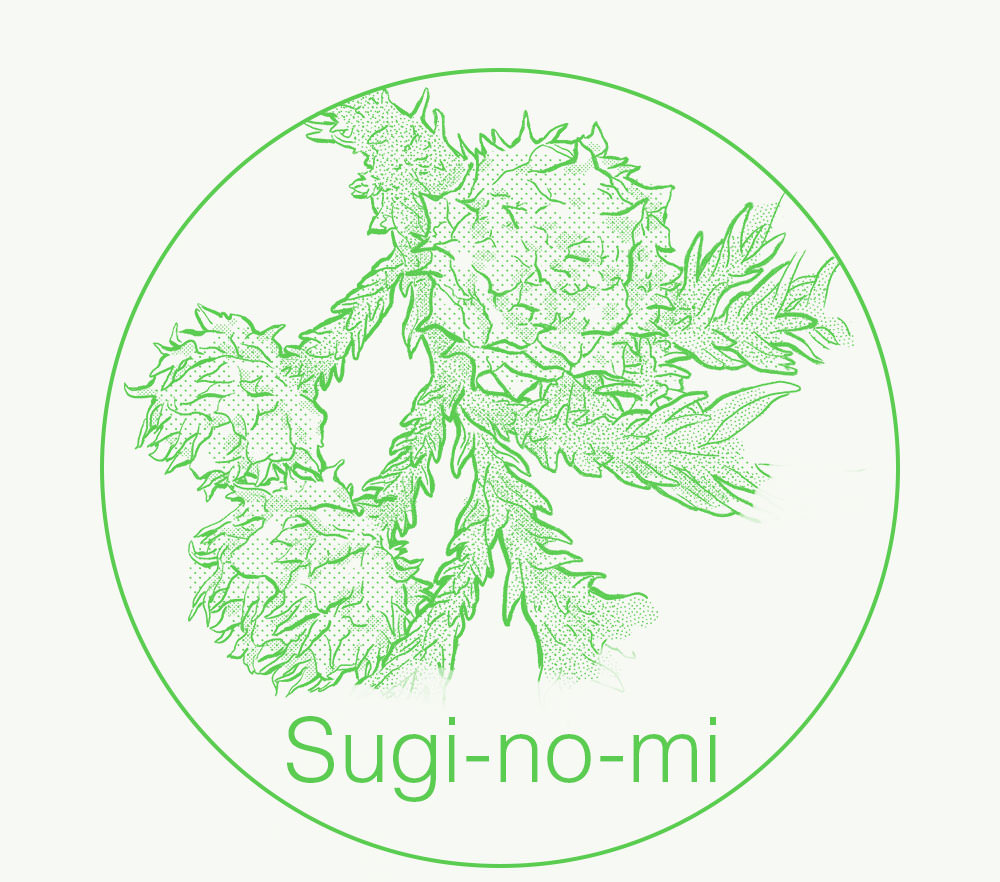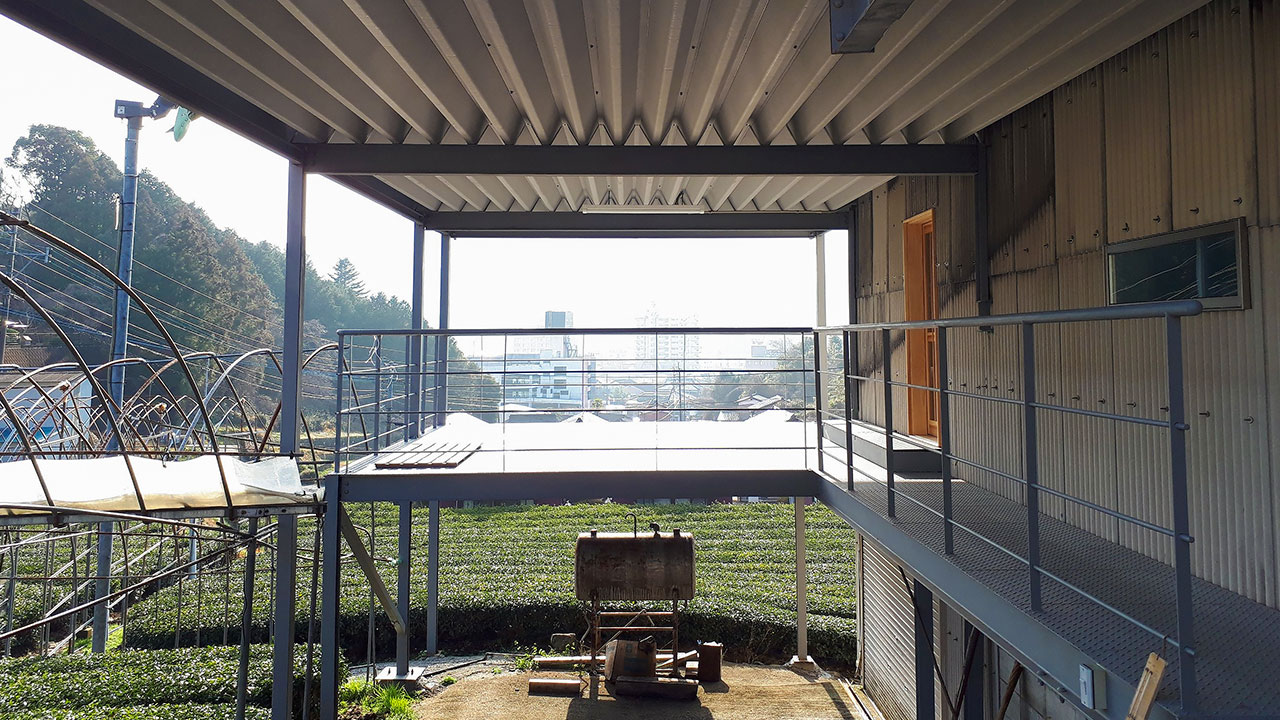Safe and delicious tea with safety
We have been running tea ceremony for “Ureshino Tea” for generations at Ugino in Saga, the birthplace of Japanese tea cultivation.
Since we switched to completely organic cultivation which was rare already at that time about 30 years ago, we continue pursuing “making really delicious tea that can be safely and reliably drunk.”
Organic JAS: Organic certification
Without using chemically synthesized fertilizers, chemically synthesized pesticides or herbicides at all for 3 years or more, agriculture, forestry and fisheries registry approval agencies approved agricultural land cultivated using organic fertilizers, only agricultural products harvested from farmland It is said that “organic JAS” can be displayed.
| Accreditation body |
JAS (Japanese Agriculture Standard) - KOAA (Kumamoto)
|
| Certification number: Production |
0604-A01 |
| Certification number: Processing |
1108-B01 |
Commitment to making soil
Since we stopped using agricultural chemicals and chemical fertilizers about 30 years ago at Kata's tea ceremony, we have carried out organic farming methods with our own particular attention. Even after obtaining the certification of “organic JAS”, we continue trial and error for quality improvement.
We are fertilizing our original organic fertilizer (fermented soybean bio fertilizer) fermented and aged with the power of 520 kinds of useful bacteria.
In addition, in measures against pests, about 600 years of useful bacteria such as yeast and lactic acid bacteria were added to familiar natural wild plants such as wormwood, Dawn, cedar, pine, pepper, ginger, etc. and aged over a period of about 1 year Scatter the biological fluid. Although it dilutes the biofluid with water at the time of spraying, we use natural water having been softened from 2 to 3 in hardness by processing natural water drawn from the grounds of our garden.
Original organic fertilizers
We cultivated “Hi Clean Σ” of Sankei Kasei products under our own method.
Add 15 kg of rice bran, 3 L of water and 600 cc of molasses to 500 g of bio fertilizer, spread it on a sheet, stir it well, put it in a rice bag and ferment it. When it reaches 50 degrees Celsius or higher, spread it on the sheet again and stir it well and return it to the rice bag and put it for half a day until the fermentation becomes uniform all the way.
Original insect repellent
First ferment yomogi, dokudami, cedar nut (sugi-no-mi), isha-taoshi, pepper, ginger, neem, garlic and the like of natural wildflowers with aerobic bacteria and agitate it three times a day to make the fungus alive.
Then add anaerobic bacteria twice a day, aged for more than 1 year, and it will be ready if it gets sour.
History
| 1947 |
Kumaichi (the first owner of the garden) begins cultivation of Ureshino tea. |
| 1988 |
Koichi (the second owner of the garden) begins organic cultivation. |
| 2001 |
Organic JAS certified. |
| 2016 |
Began participating in the Ureshino-Chadoki. |
| 2019 |
Became the exclusive tea farmer/tea master for Wataya Villa's Suimeisho area. |
| 2020 |
Appointed as the exclusive tea farmer/tea master for Wataya Villa's Japanese restaurant Rikyu. |
| 2021 |
Developed products in collaboration with PIERRE HERMÉ PARIS. |
| 2022 |
Collaboration with PIERRE HERMÉ PARIS at HOTEL NEW OTANI TOKYO.
Made in Pierre Hermé started selling organic tea.
Collaboration with PIERRE HERMÉ PARIS at The Ritz-Carlton, Kyoto.
Kaiseki Tea Pairing and Paid Tea Service Started at Ginza Rangetsu. |
| 2023 |
Started providing tea to the lounge and guest rooms of Bulgari Hotel Tokyo.
Became the exclusive tea farmer/tea master for Ureshino Yadoya. |
| 2025 |
Commercial launch of Bottled Tea and Sparkling Tea series. |



